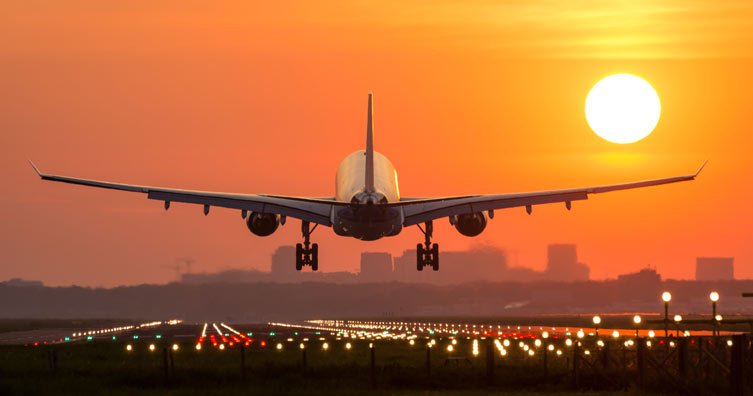By 1917, Albert Einstein had explained the relationship between space and time. But, that year, he designed a flawed airplane wing. His attempt was based on an incomplete theory of flight. Indeed, insufficient and inaccurate explanations still circulate today. So, where did Einstein go wrong And how do planes fly Though we don’t always think of it this way, air is a fluid medium— it’s just less dense than liquids like water. Things that are lighter than air are buoyant within it, while heavier objects require an upward force, called lift, to stay aloft. For planes, this force is mostly generated by the wings. One especially pervasive false description of lift is the “Longer Path” or “Equal Transit Time” explanation.
It states that air molecules traveling over the top of a curved wing cover a longer distance than those traveling underneath. For the air molecules above to reach the wing’s trailing edge in the same instance as those that split off and went below, air must travel faster above, creating a pocket of lower pressure that lifts the plane. This explanation has been thoroughly debunked. Air molecules floating above and below the wing don't need to meet back up. In reality, the air traveling above reaches the wing’s trailing edge much faster than the air beneath. To get a sense of how lift is actually generated, let's simulate an airplane wing in motion. As it moves forward, the wing affects the movement of the air around it.
As air meets the wing’s solid surface, a thin layer sticks to the wing. This layer pulls the surrounding air with it. The air splits into pathways above and below the wing, following the wing’s contour. As the air that’s routed above makes its way around the nose of the wing, it experiences centripetal acceleration, the force you also feel in a sharply turning car. The air above therefore gathers more speed than the air traveling below. This increased speed is coupled with a decrease in pressure above the wing, which pulls even more air across the wing’s upper surface. The air flowing across the lower surface, meanwhile, experiences less of a change in direction and speed. The pressure across the wing’s lower surface is thus higher than that above the upper surface. This pressure difference results in the upwards force of lift. The faster the plane travels, the greater the pressure difference, and the greater that force. Once it overcomes the downward force of gravity, the plane takes off.
Air flows smoothly around curved wings. But a wing’s curvature is not the cause of lift. In fact, a flat wing that’s tilted upwards can also create lift— as long as the air bends around it, contributing to and reinforcing the pressure difference. Meanwhile, having a wing that’s too curved or steeply angled can be disastrous: the airflow above may detach from the wing and become turbulent. This is probably what happened with Einstein’s wing design, nicknamed “the cat’s back.”
By increasing the wing’s curvature, Einstein thought it would generate more lift. But one test pilot reported that the plane wobbled like “a pregnant duck” in flight. Our explanation is still a simplified description of this nuanced, complex process. Other factors, like the air that’s flowing meters beyond the wing’s surface— being swept up, then down— as well as air vortices formed at the wing’s tips, all influence lift. And, while experts agree that the pressure difference generates lift, their explanations for how can vary. Some might emphasize the air’s behavior at the wing’s surface, others the upward force created as the air is deflected downwards.
However, there's no controversy when it comes to the math. Engineers use a set of formulas called the Navier-Stokes equations to precisely model air’s flow around a wing and detail how lift is generated. More than a century after Einstein’s foray into aeronautics, lift retains its reputation as a confounding concept.
Posted Using InLeo Alpha
Posted Using InLeo Alpha

Feel free to downvote my comments, yet then you could expect me downvoting the AI generated content of yours ;)
I don't have a problem with you, friend, but if I create artificial intelligence stuff, I receive a down vote.
Okey, you do - here's the downvote you asked for.
Birds are the ones who evolved aerodynamics before it became mainstream
Hello.
There is reasonable evidence that this article is machine-generated.
We would appreciate it if you could avoid publishing AI-generated content (full or partial texts, art, etc.).
Thank you.
Guide: AI-Generated Content = Not Original Content
If you believe this comment is in error, please contact us in #appeals in Discord.